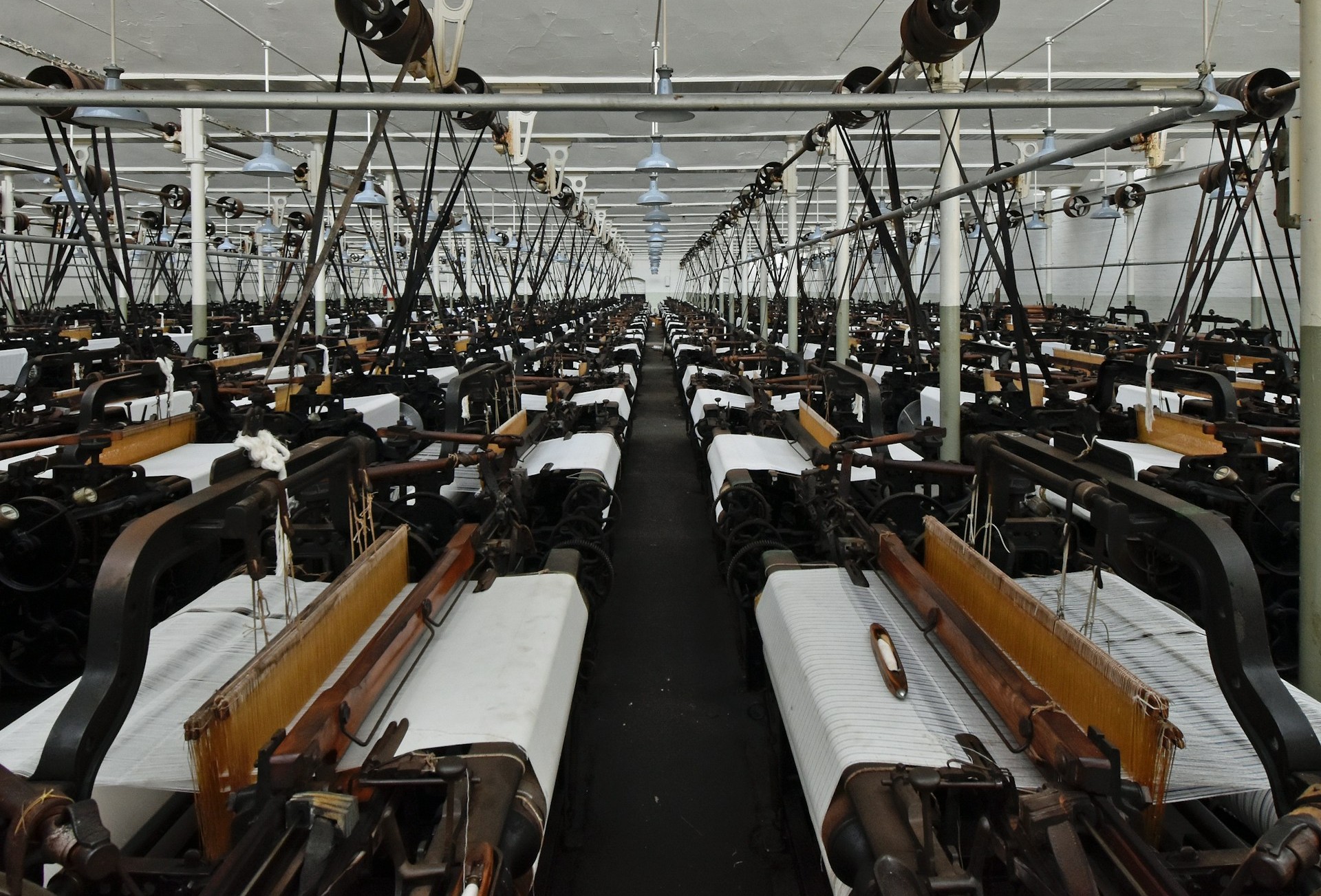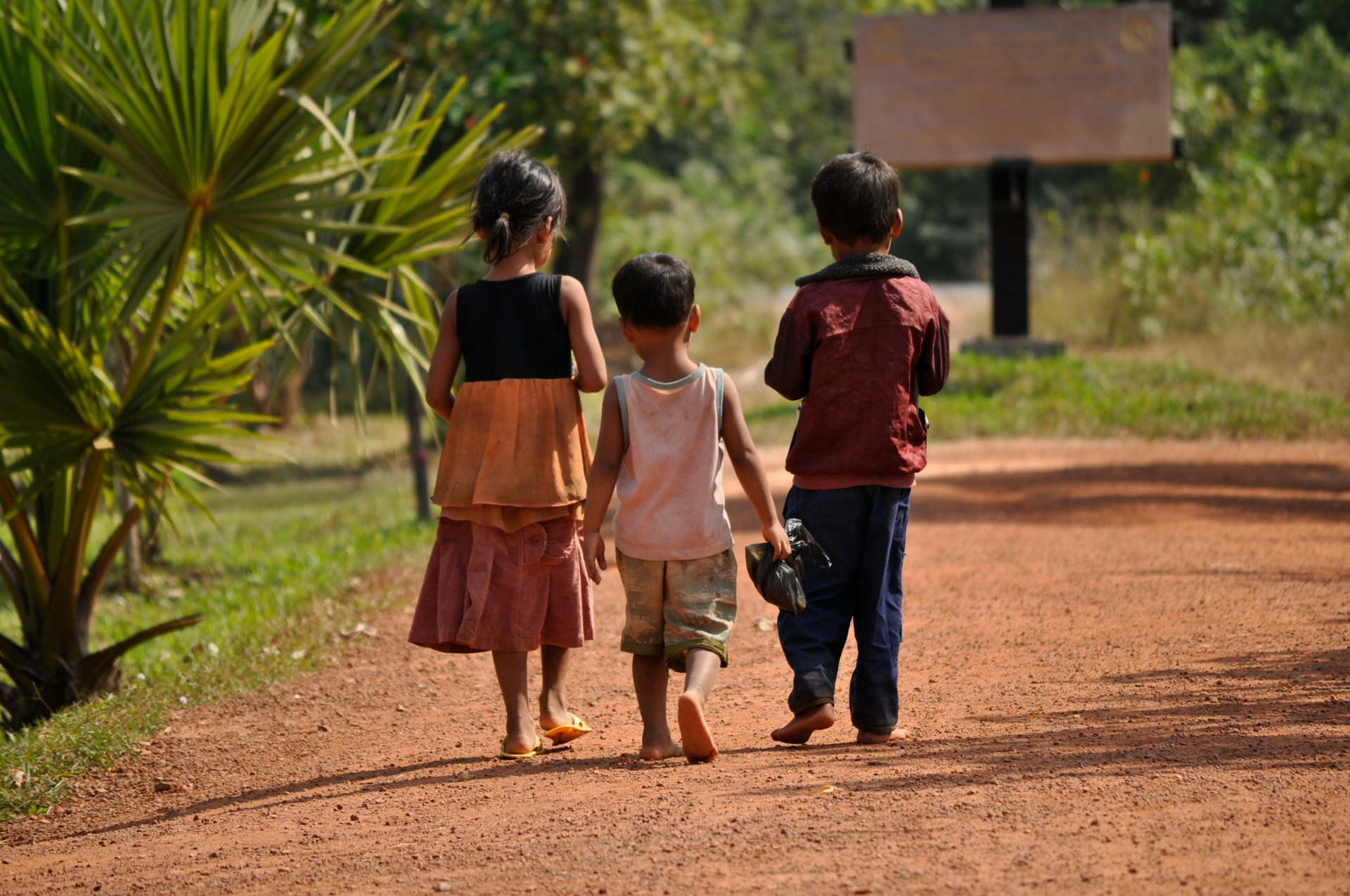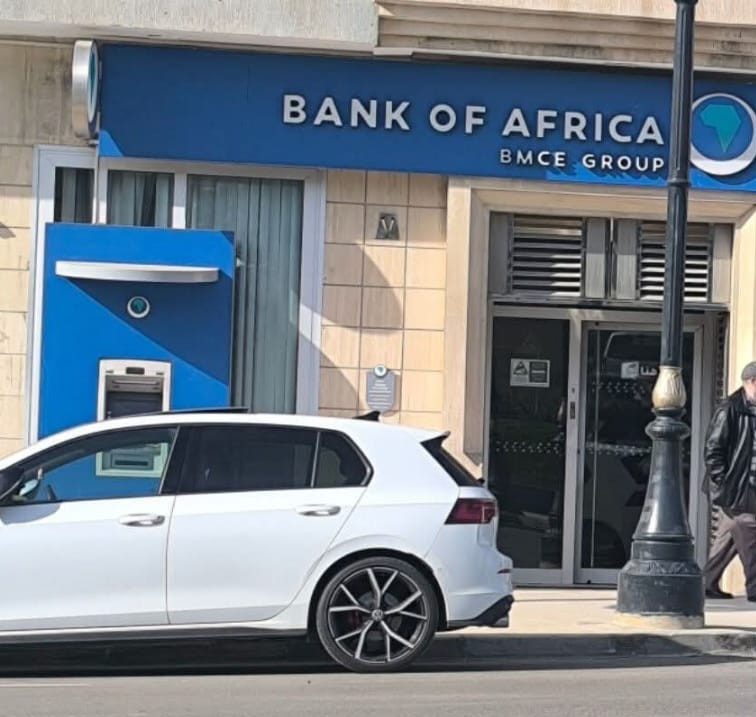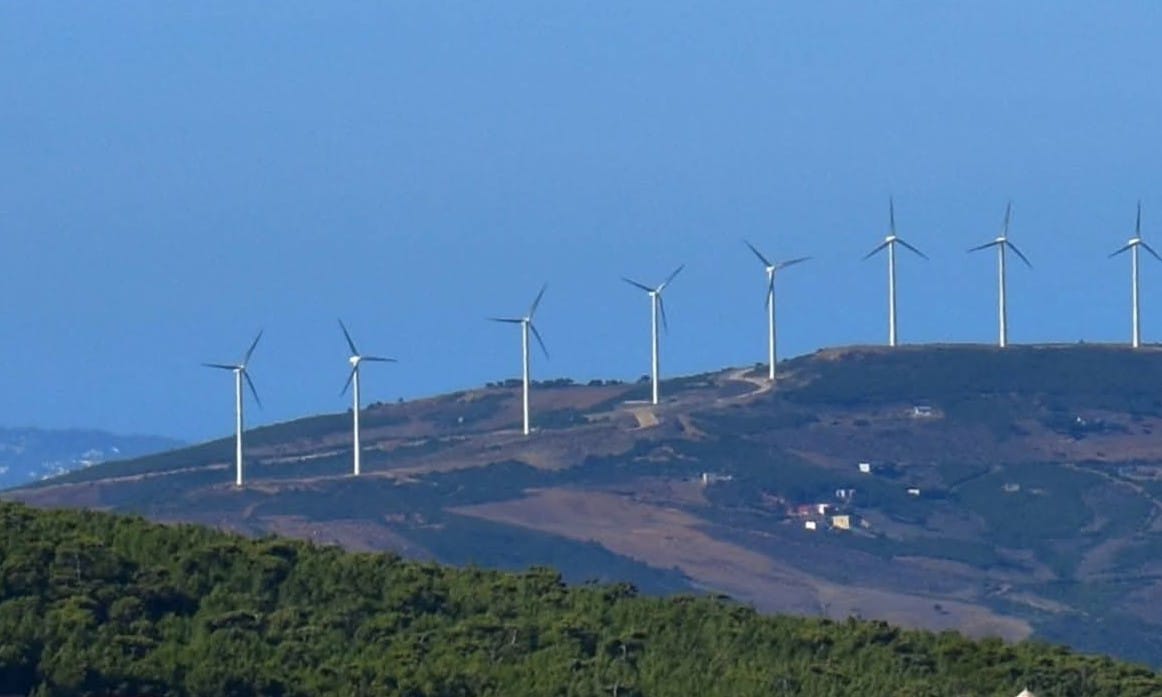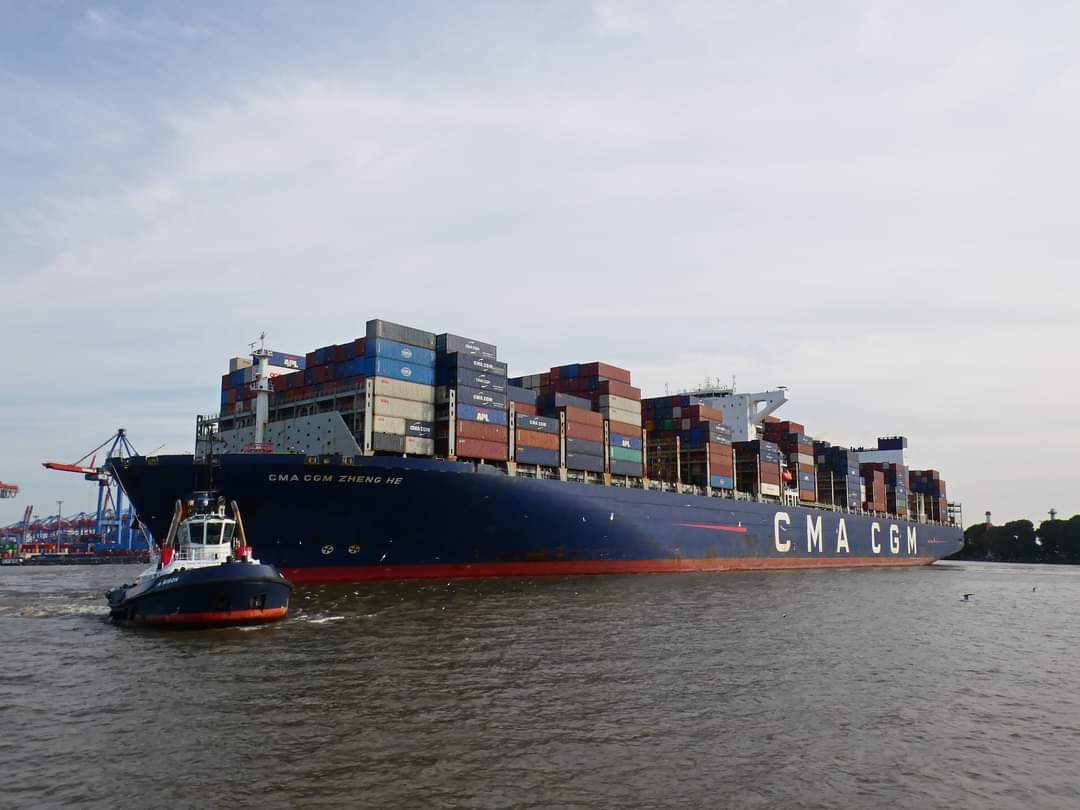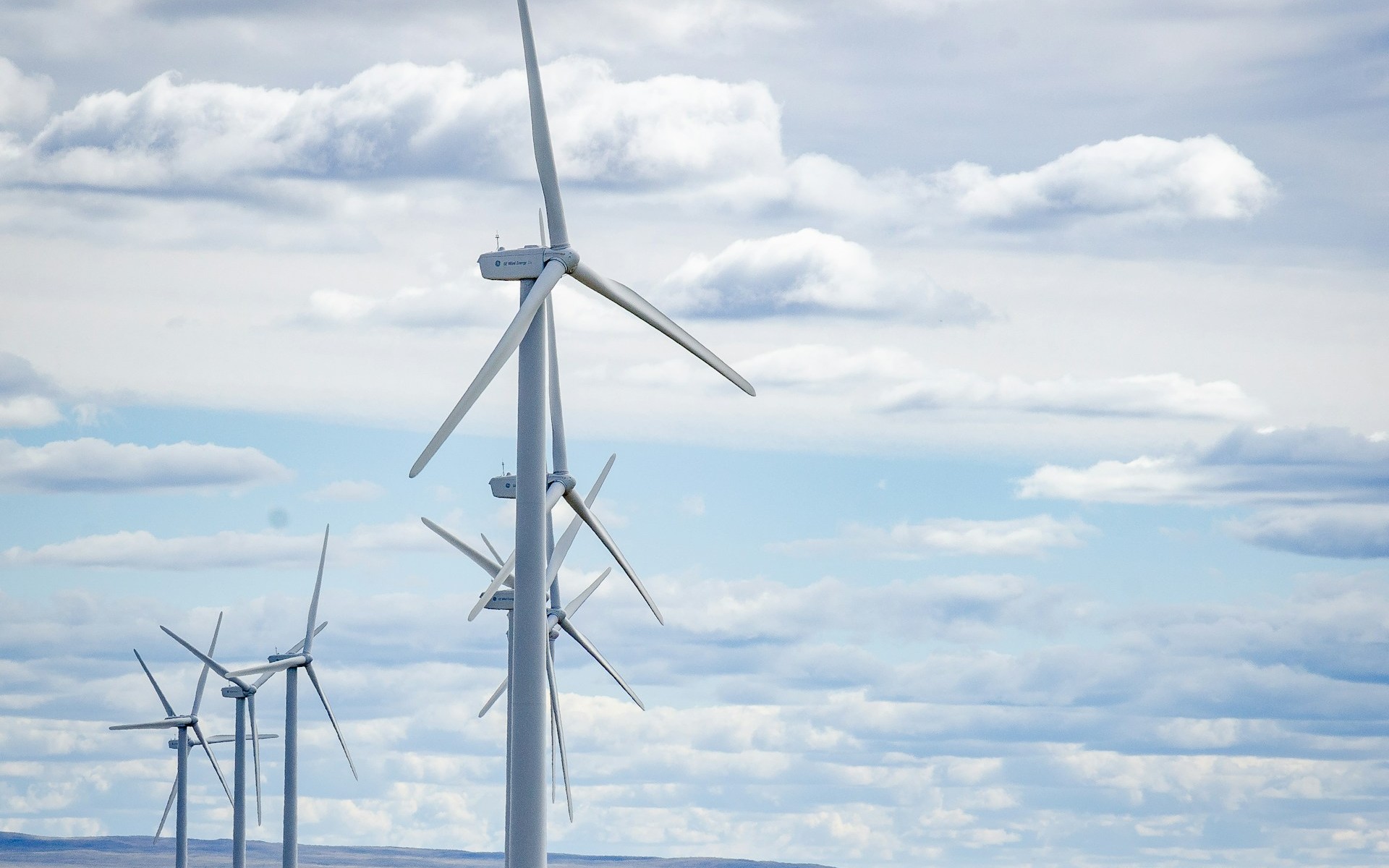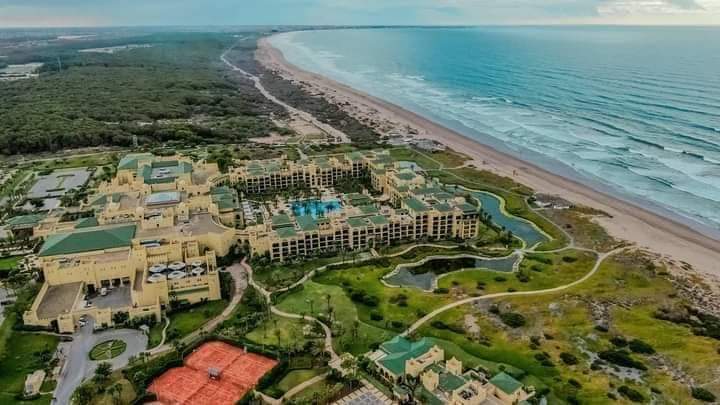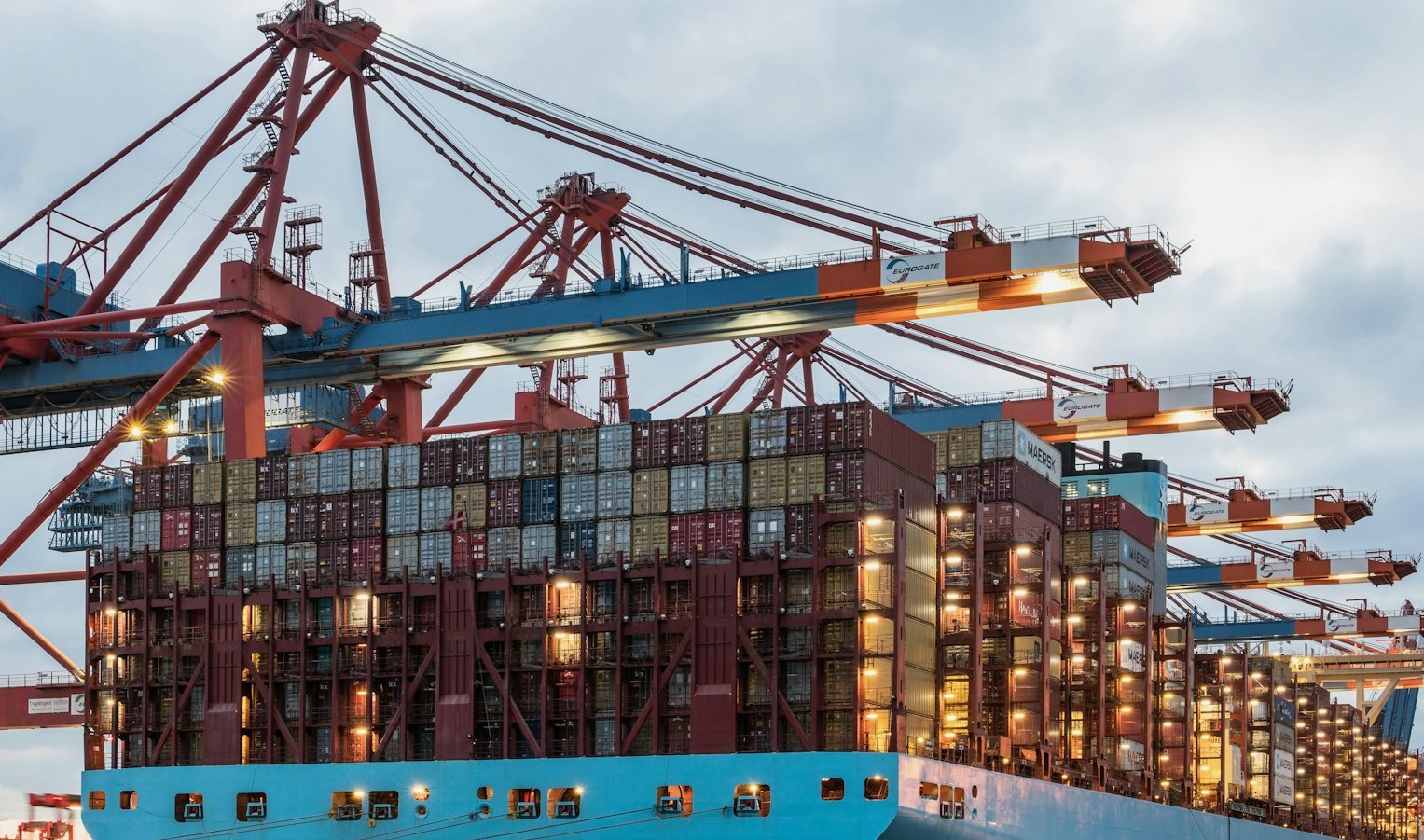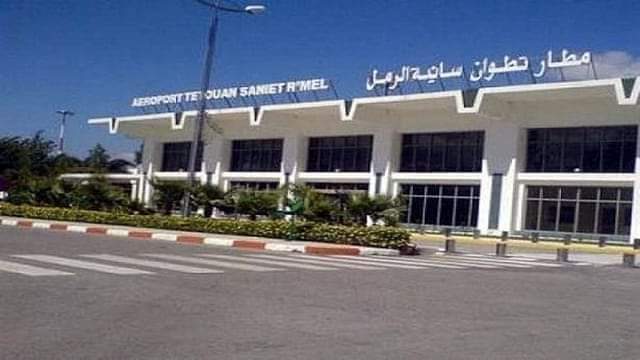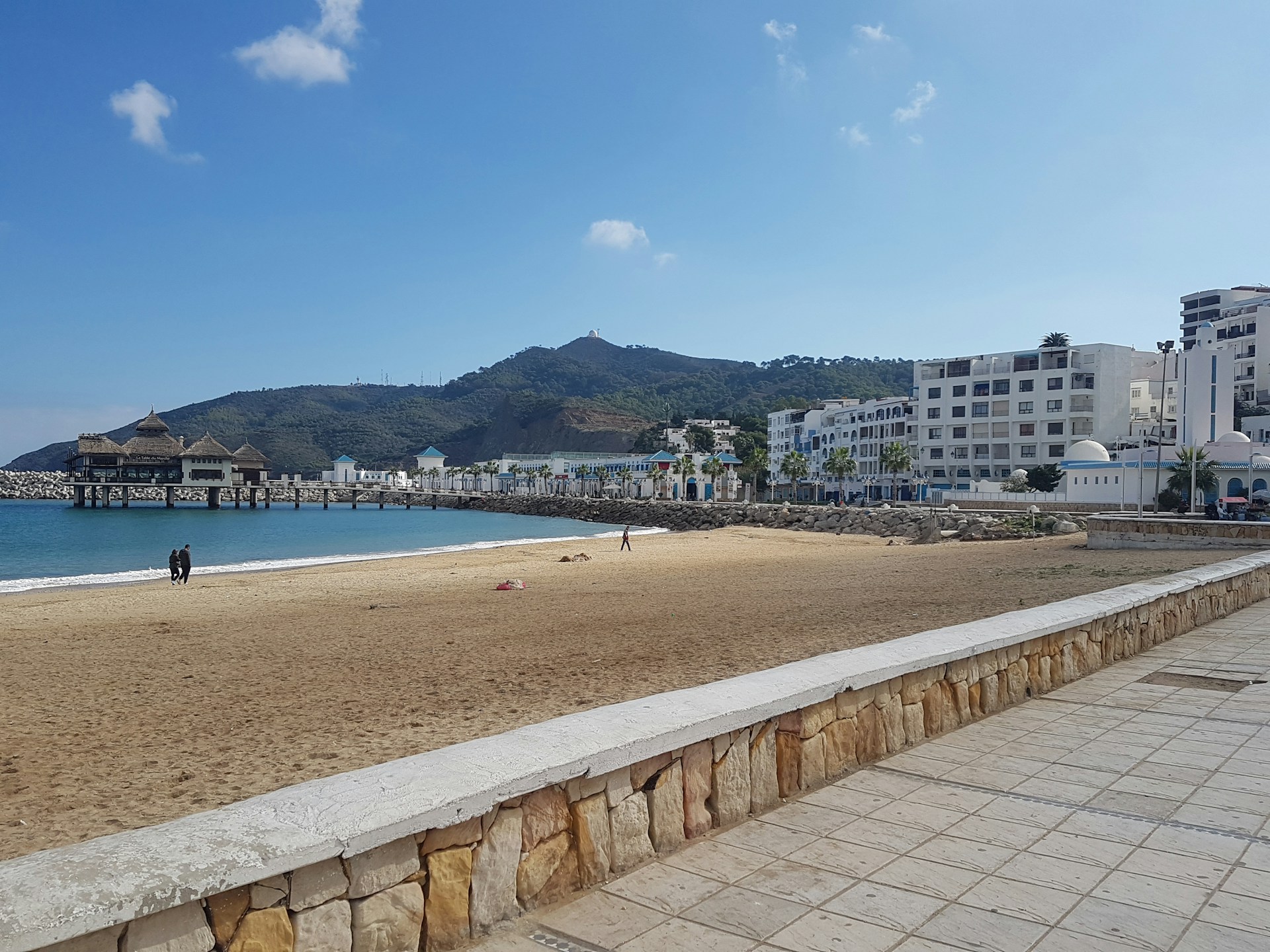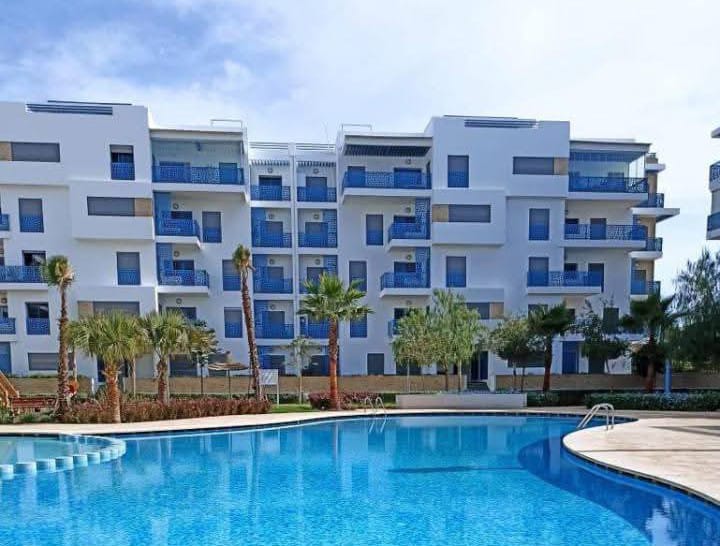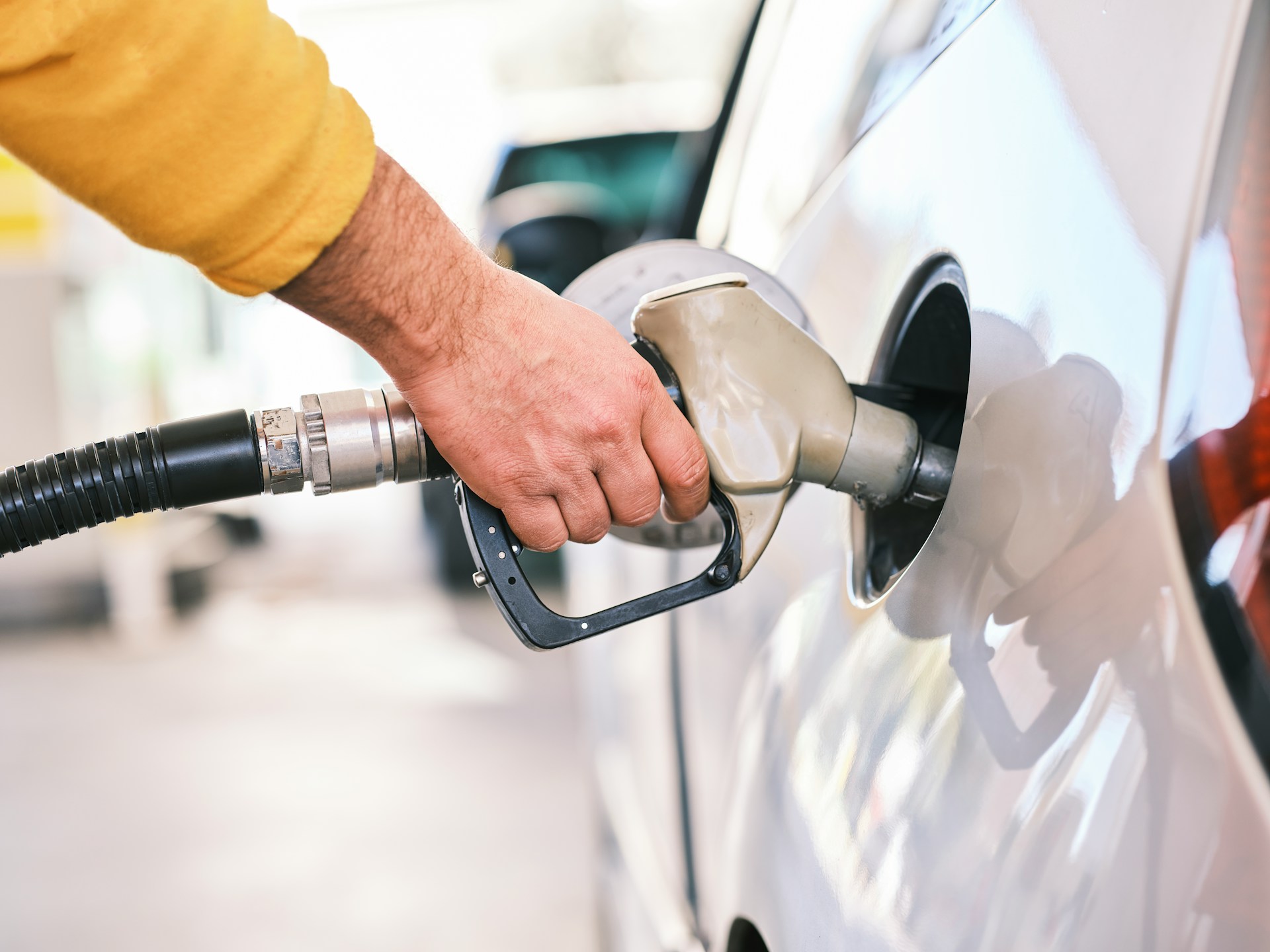Casablanca-The economic landscape of Morocco in 2024 is poised to navigate through a series of complex challenges, as the country grapples with a multitude of pressing projects and constraints on its financial resources. Amidst a backdrop of global economic uncertainty and domestic imperatives, the Moroccan government faces the formidable task of balancing its expenditure with revenue generation, all while striving to meet the needs of its citizens and fulfill its international commitments.
One of the foremost challenges facing Morocco is the imperative to provide direct social support to its populace, particularly in light of ongoing economic hardships exacerbated by the COVID-19 pandemic. With the need for increased social welfare spending looming large, the government must allocate substantial funds to support vulnerable segments of society and ensure their basic needs are met.
Furthermore, Morocco’s economic resilience is tested by the aftermath of the devastating earthquake that struck the Haouz region in September of the previous year. The extensive damage wrought by the seismic event necessitates a significant financial commitment towards reconstruction efforts, encompassing the rehabilitation of housing infrastructure and the promotion of social and economic development in affected areas. This reconstruction program comes with a hefty price tag, requiring substantial investment over a five-year period to restore normalcy to the affected communities.
In addition to domestic imperatives, Morocco’s aspirations to host major international sporting events pose further challenges to its economic landscape. With bids submitted to host both the 2025 African Cup of Nations and the 2030 World Cup in partnership with Spain and Portugal, the country is tasked with upgrading its sports infrastructure to meet international standards. This includes the renovation of existing stadiums and the construction of new facilities, alongside the requisite investments in transportation networks and hospitality infrastructure to accommodate the influx of visitors expected for these events.
Meanwhile, Morocco’s vulnerability to climate change adds another layer of complexity to its economic outlook. The country’s reliance on rain-fed agriculture leaves it exposed to the vagaries of changing weather patterns, with drought conditions exacerbating challenges in the agricultural sector and threatening food security. In response, urgent measures such as the construction of seawater desalination plants are deemed necessary to mitigate water scarcity and safeguard agricultural productivity.
Against this backdrop, the specter of inflation looms large, driven by rising prices of essential commodities and exacerbated by fiscal pressures. As the government grapples with the competing demands of various projects and initiatives, it may be forced to adopt austerity measures to contain inflationary pressures and maintain macroeconomic stability.
Morocco faces a complex economic landscape in 2024, characterized by competing priorities and resource constraints. Navigating through these challenges will require prudent fiscal management, strategic planning, and a steadfast commitment to addressing the needs of its citizens while advancing its long-term development goals.


